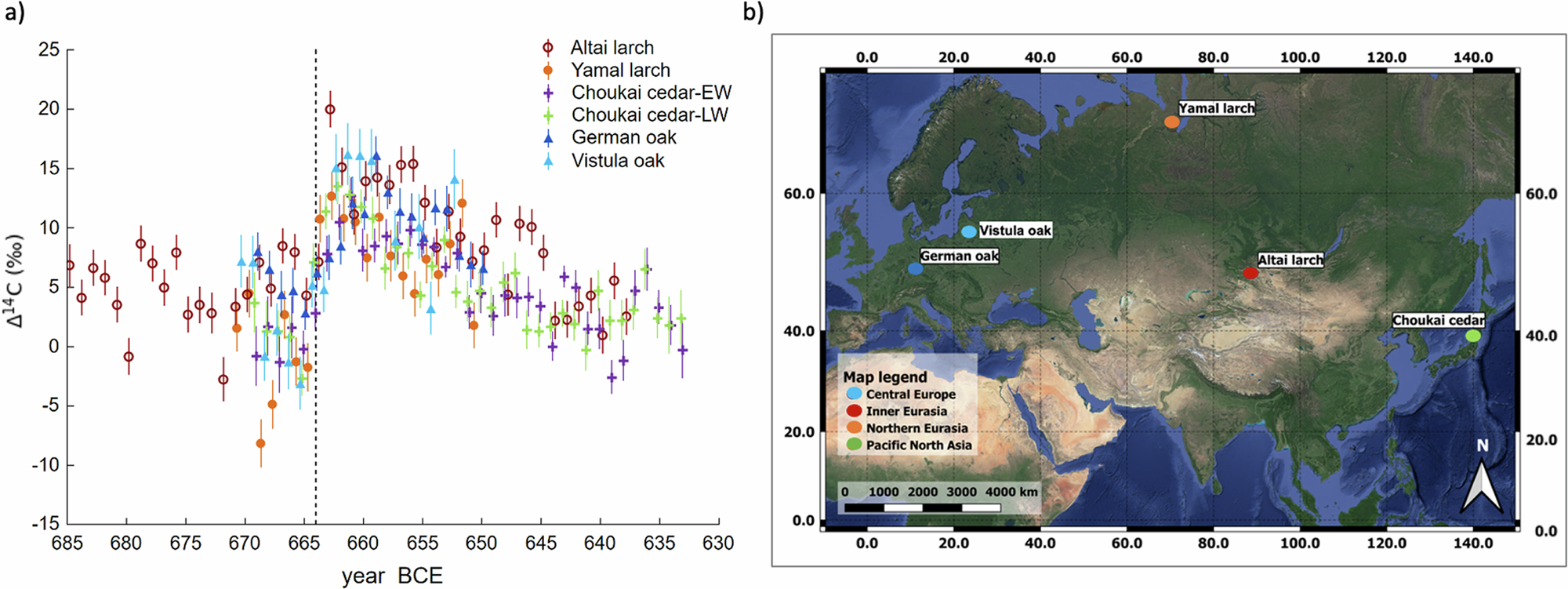2024-11-20 イリノイ大学アーバナ・シャンペーン校
<関連情報>
- https://aces.illinois.edu/news/study-innovative-light-technology-safe-effective-mitigating-fungal-contamination-cereal-grains
- https://www.sciencedirect.com/science/article/pii/S0963996924006203?via%3Dihub
穀物の真菌汚染を軽減する: アスペルギルス・フラバスとフザリウム・グラミネアラムに対するマイクロプラズマベースの遠紫外線ランプの有効性 Mitigating fungal contamination of cereals: The efficacy of microplasma-based far-UVC lamps against Aspergillus flavus and Fusarium graminearum
Zhenhui Jin, Yi-Cheng Wang
Food Research International Available online: 27 May 2024
DOI:https://doi.org/10.1016/j.foodres.2024.114550
Graphical abstract

Highlights
- 222 nm far-UVC light can inactivate more than 99.999 % of fungal conidia in liquid.
- Mycelial growth of A. flavus and F. graminearum can be inhibited by far-UVC.
- Far-UVC can cause fungal-cell apoptosis and change mitochondrial membrane potential.
- Far-UVC also boosts intracellular ROS, causing lipid peroxidation and cell-membrane damage.
- After far-UVC treatment, significantly more corn kernels germinated within one week.
Abstract
Fungal contaminations of cereal grains are a profound food-safety and food-security concern worldwide, threatening consumers’ and animals’ health and causing enormous economic burdens. Because far-ultraviolet C (far-UVC) light at 222 nm has recently been shown to be human-safe, we investigated its efficacy as an alternative to thermal, chemical, and conventional 254 nm UVC anti-fungal treatments. Our microplasma-based far-UVC lamp system achieved a 5.21-log reduction in the conidia of Aspergillus flavus suspended in buffer with a dose of 1032.0 mJ/cm2, and a 5.11-log reduction of Fusarium graminearum conidia in suspension with a dose of 619.2 mJ/cm2. We further observed that far-UVC treatments could induce fungal-cell apoptosis, alter mitochondrial membrane potential, lead to the accumulation of intracellular reactive oxygen species, cause lipid peroxidation, and result in cell-membrane damage. The lamp system also exhibited a potent ability to inhibit the mycelial growth of both A. flavus and F. graminearum. On potato dextrose agar plates, such growth was completely inhibited after doses of 576.0 mJ/cm2 and 460.8 mJ/cm2, respectively. To test our approach’s efficacy at decontaminating actual cereal grains, we designed a cubical 3D treatment chamber fitted with six lamps. At a dose of 780.0 mJ/cm2 on each side, the chamber achieved a 1.88-log reduction of A. flavus on dried yellow corn kernels and a 1.11-log reduction of F. graminearum on wheat grains, without significant moisture loss to either cereal type (p > 0.05). The treatment did not cause significant changes in the propensity of wheat grains to germinate in the week following treatment (p > 0.05). However, it increased the germination propensity of corn kernels by more than 71% in the same timeframe (p < 0.05). Collectively, our results demonstrate that 222 nm far-UVC radiation can effectively inactivate fungal growth in liquid, on solid surfaces, and on cereal grains. If scalable, its emergence as a safe, cost-effective alternative tool for reducing fungi-related post-harvest cereal losses could have important positive implications for the fight against world hunger and food insecurity.



